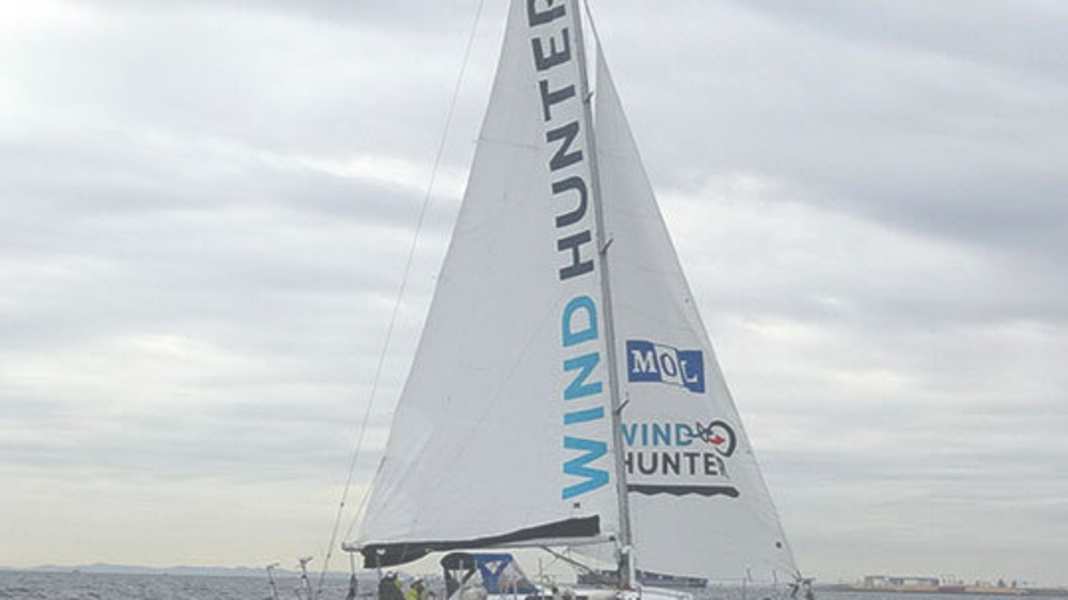
According to the company, on 7 March, for the first time a ship delivered self-produced green hydrogen that can be used to generate electricity on land. The "Winz Maru" produces the hydrogen during the voyage and converts it into liquid methylcyclohexane (MCH) for easier transport. It was then brought ashore in Tokyo. With its "Wind Hunter Project", MOL aims to combine emission-free shipping and green hydrogen production on a large scale.
Conversion of hydrogen on board facilitates its transport
In recent years, extensive tests have already been carried out with the "Winz Maru" in Omura Bay near Sasebo. All phases of hydrogen production, storage and utilisation on board were successfully tested. The next step was to bring the hydrogen produced at sea safely ashore in Tokyo Bay and utilise it there to generate electricity.
The sailing yacht, which serves as a test vehicle, was extensively modified for this purpose. Among other things, powerful hydroelectric generators were installed at the stern. The green hydrogen produced is converted into MCH directly on board. Large tanks were placed on board to store the liquefied gas.
Self-sufficient in the future, even in calm conditions
MOL plans to further expand hydrogen production in Tokyo Bay in the 2025 financial year. The aim is to produce around 100 standard cubic metres of hydrogen. This corresponds to around 200 litres of MCH. In addition, MOL is already working on studies for a larger demonstration ship and on the development of hydrogen supply chains for the Wind Hunter concept.
A commercial ship for green hydrogen production is to be realised from 2030. In the event that such a sail-powered ship gets caught in a calm, the hydrogen previously produced can be converted into electricity on board and used for electric propulsion. In this way, the next windy regions could then be navigated energy self-sufficiently.
With the Wind Hunter project, MOL is making a significant contribution to realising its sustainability goals. Thanks to the combination of wind energy and hydrogen technology, the company is also showing ways in which the shipping of the future can be made more environmentally friendly and resource-efficient, according to a statement from the shipping company.
Comparable British project also relies on AI
Similar projects are also being worked on elsewhere. One of them is a British start-up called Drift. The company wants to use high-tech sailing yachts to generate clean energy and transport it ashore for use through the use of artificial intelligence.
